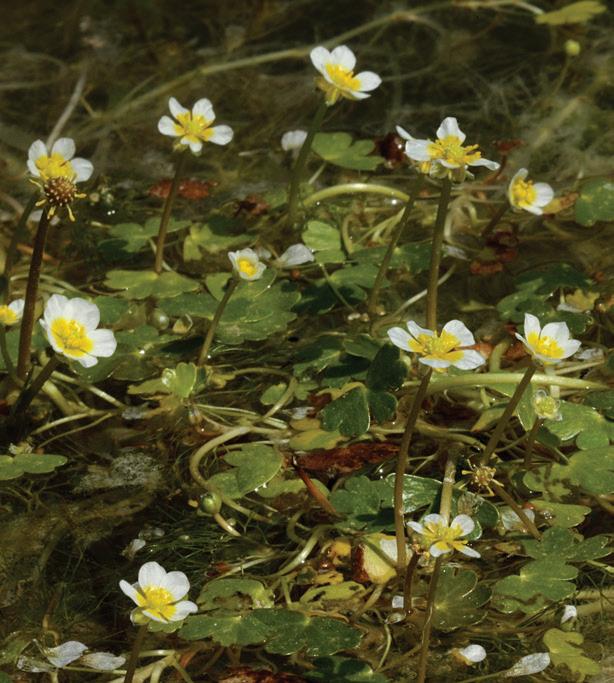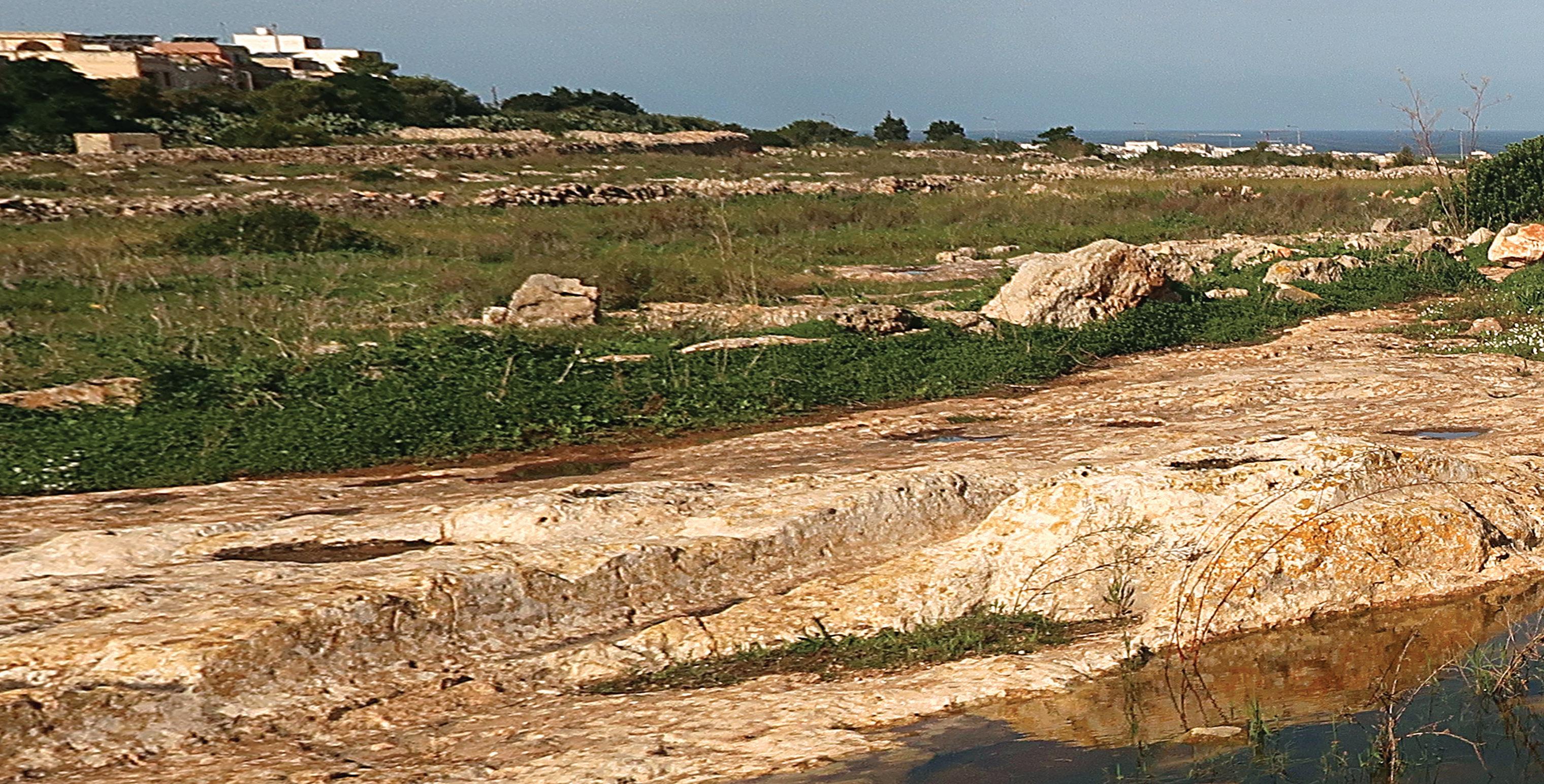
4 minute read
A wintry stroll at Tal-Wej
MOST HAVE NEVER HEARD OF TAL-WEJ, LET ALONE ITS HERITAGE VALUE. BUT THEN YOU WOULDN’T EXPECT TO FIND A NATURAL GEM HEMMED IN ON THREE SIDES BY THE RESIDENTIAL SUBURBS OF MOSTA AND NAXXAR AND BY A MASSIVE HARDSTONE QUARRY ON THE FOURTH SIDE. BUT GEM IT IS – AND OUR NEWEST NATURA 2000 SITE TOO – SO IT’S WORTH A VISIT. FOR BEST RESULTS PICK A CRISP WINTER MORNING LIKE I DO.
Nature taking over
Advertisement
Despite the development on all sides, Tal-Wej has an unexpectedly open feel, and that’s because it sits right on the edge of the Great Fault, so the view northward is open and unobstructed. And at 21 hectares the area is a decent size.
The site is largely flat and in the past was no doubt all under cultivation, evidenced by the many toppled rubble walls that enclose what was once a mosaic of fields. Judging by the stunning set of enigmatic ‘cart ruts’ and rock-cut tombs present here, it is also clear that people did more than just farm the area. Some of the land is still worked today, but time and the elements have washed or blown away much soil, and many fields have since reverted to nature. They are now mostly rocky steppe, with patches of garrigue where the underlying upper coralline limestone has been exposed.
Healthy mix of habitat
This healthy mix of habitats is a joy for the nature lover. Tal-Wej is criss-crossed with tracks, so you can explore without needing to stray off the path. In midwinter look for the tall stalks of the Branched Asphodel, with its clusters of stripey white flowers, and maybe blue-lilac flowers of the not-so-common Crown Anemone. In the damper spots, lovely hosts of Annual Daisy sport a thousand flowers. In late winter, notice the red patches of Blue Stonecrop (don’t expect to see any blue) and in some areas, a sprinkling of squat Lentisk shrubs, by now largely devoid of the berries so sought by small birds in autumn.
Along the tumbled rubble walls many annual species vie for shelter and a spot in the sun. Borage, Wild Carrot, Crown Daisy, Boar Thistle, Field Marigold and Red Campion, to mention a few, ensure that not a square inch of ground remains bare. Whether they’ll be in flower depends on the time of year you visit, but any time from December to May you are bound to meet at least a few in full bloom.
A varied clientele
If you visit on a still, sunny day these flowering plants will be hosting a variety of winged clients intent on a meal. These include butterflies like Large White, Clouded Yellow, maybe a Bath White or Swallowtail, and any number of hover flies, shield bugs, mason bees and honey-bees, possibly even a groggy Carpenter Bee freshly up from her winter sleep.
And helping themselves to this invertebrate bonanza are of course the birds. In Malta, birds are more numerous in winter than in summer. Most of them are scarcely larger than sparrows, but they make up for their size with their often very distinctive voice. And at Tal-Wej you are bound to hear several of them. I have never been there in winter without logging White Wagtails, Common Stonechats, Common Starlings, Meadow Pipits, Common Chiffchaffs, Black Redstarts and European Robins, sometimes even a Common Kestrel hovering overhead.
If the rain hasn’t been miserly, there will be freshwater rockpools. Seasonal rockpools are a godsend for several species of plants and animals that would otherwise not even exist in Malta. Water Crowfoot pokes its white-and-yellow flowers from the surface, and a closer look into the water may show up a few diaphanous Fairy Shrimps. And, even smaller, tiny pinheads of life darting about in small jerks: water fleas.
From the mists of time
But one special resident renders Tal-Wej virtually unique in Malta and worth every protection. After a few showers, a large rain pool forms in one particular rocky depression. It’s shallow but often murky due to the muddy bottom. And out of that mud, for a few weeks every so many years, emerges this creature from prehistory: the Tadpole Shrimp, a species that has survived virtually unchanged for 250 million years. That’s ten times the age of the oldest rocks that form our Islands – no wonder naturalists call it a living fossil.
Despite its protection, Tal-Wej has its fair share of threats. Two trapping sites annually harvest scores of finches, and every year the inexorable building sprawl encroaches some more. Some farmers find the water in the Tadpole Shrimp rockpool convenient for irrigation, and pump the pool dry. So yes, the site needs serious law enforcement if we and future generations are to continue enjoying Tal-Wej and its natural attractions.

Seasonal freshwater rock pools harbour a variety of aquatic life

Victor Falzon Victor Falzon Victor Falzon
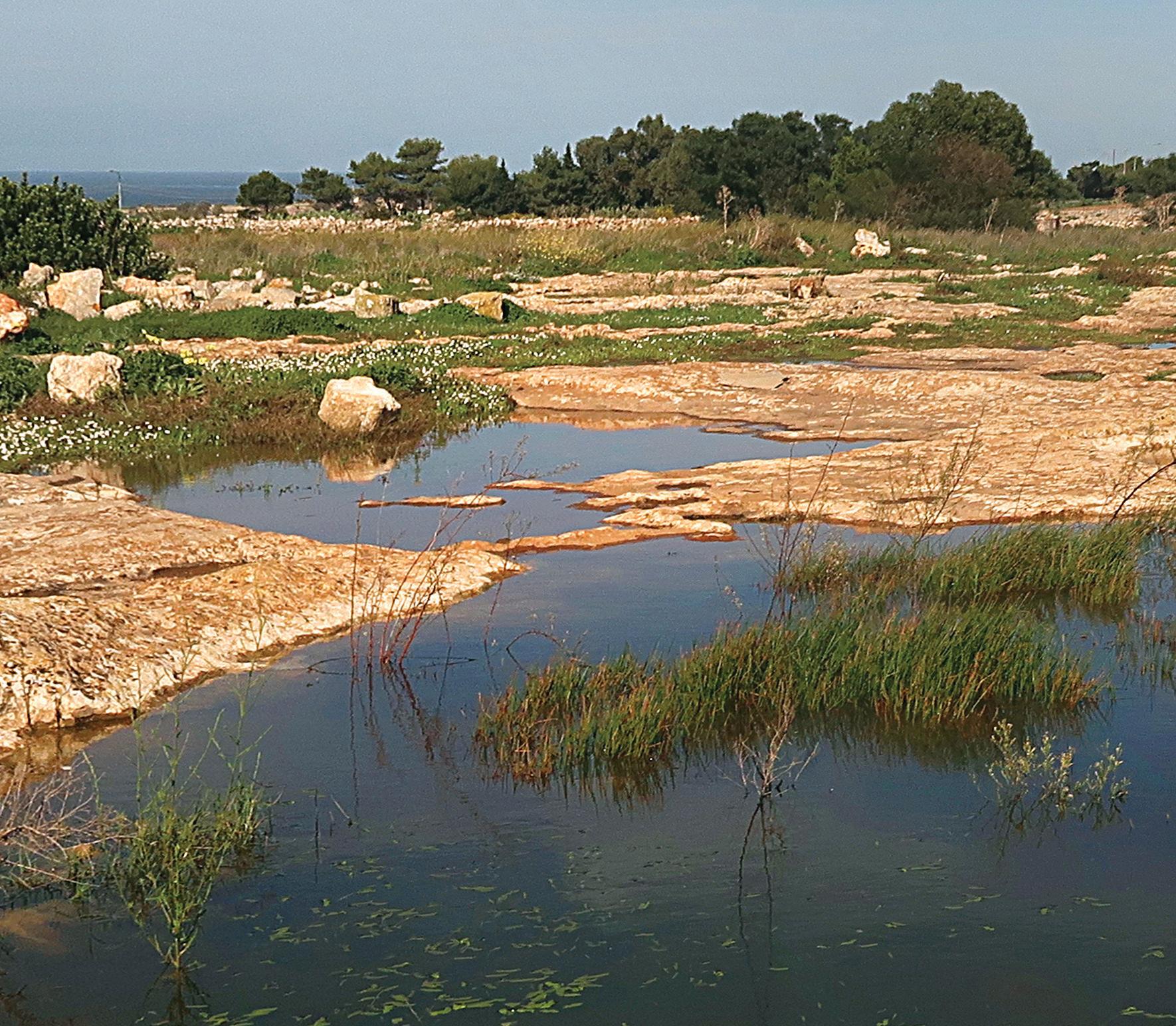


Branched Asphodel
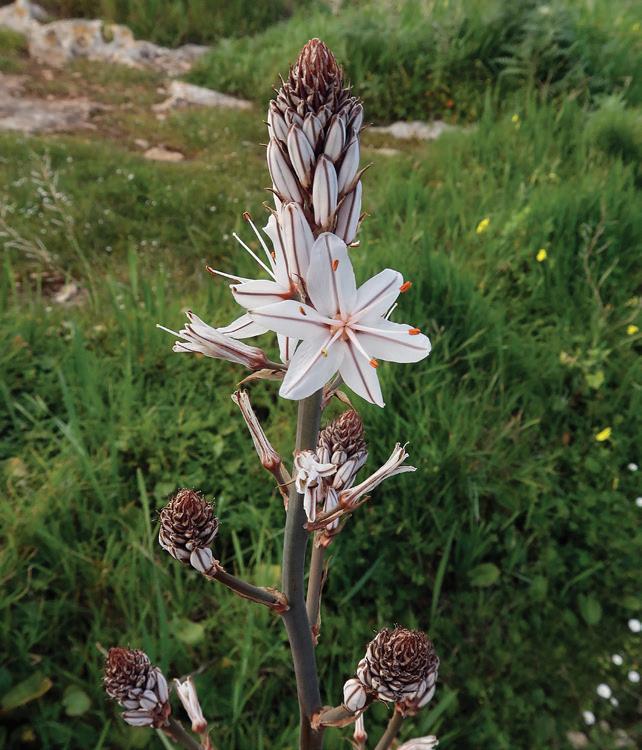
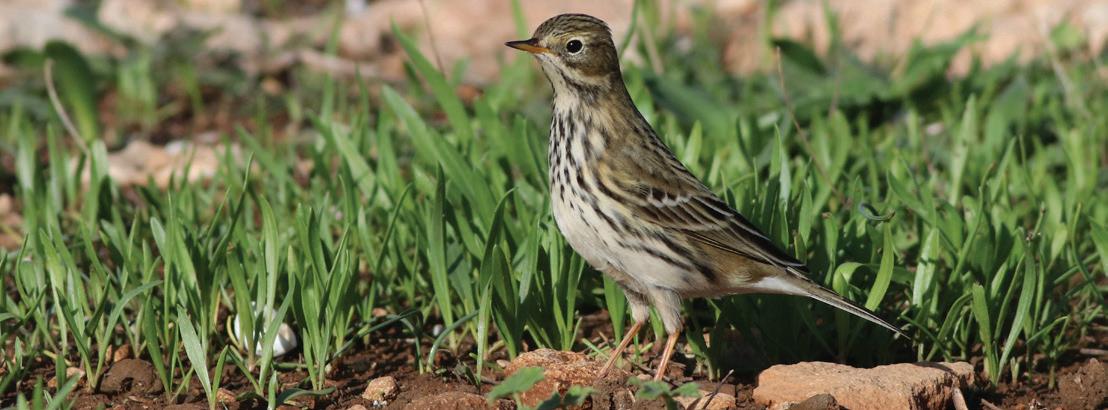
Male Common Stonechat Crown Anemone
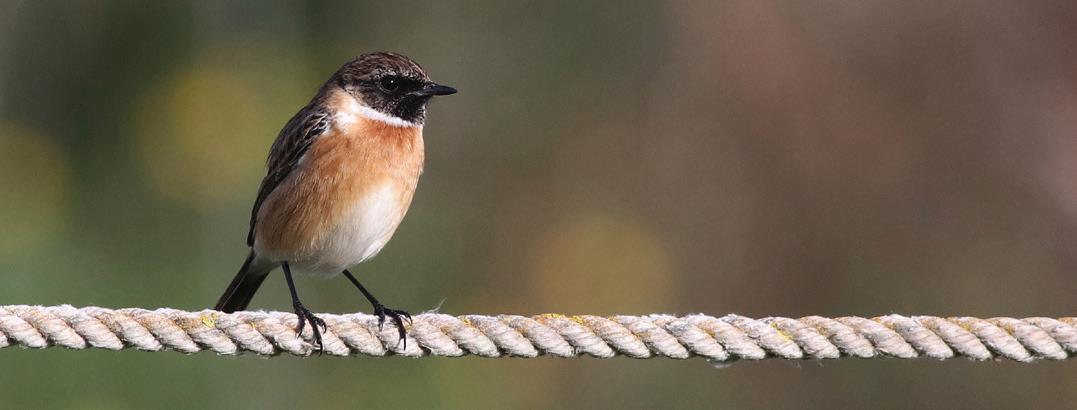
Aron Tanti Clouded Yellow
Victor Falzon Meadow Pipit
Desirée Falzon
